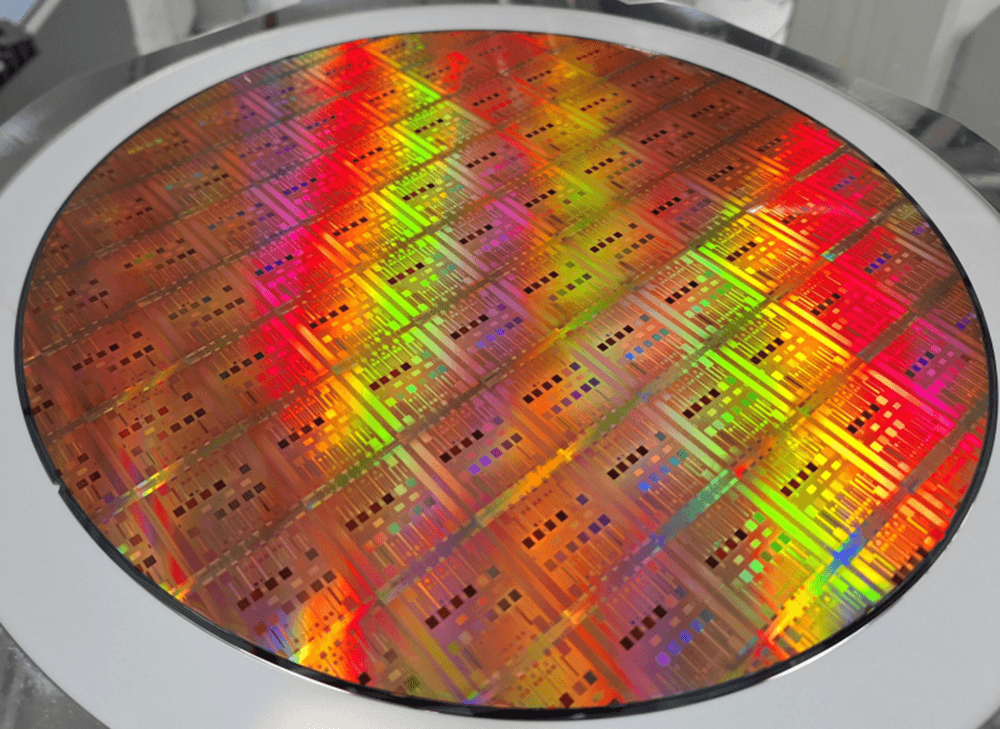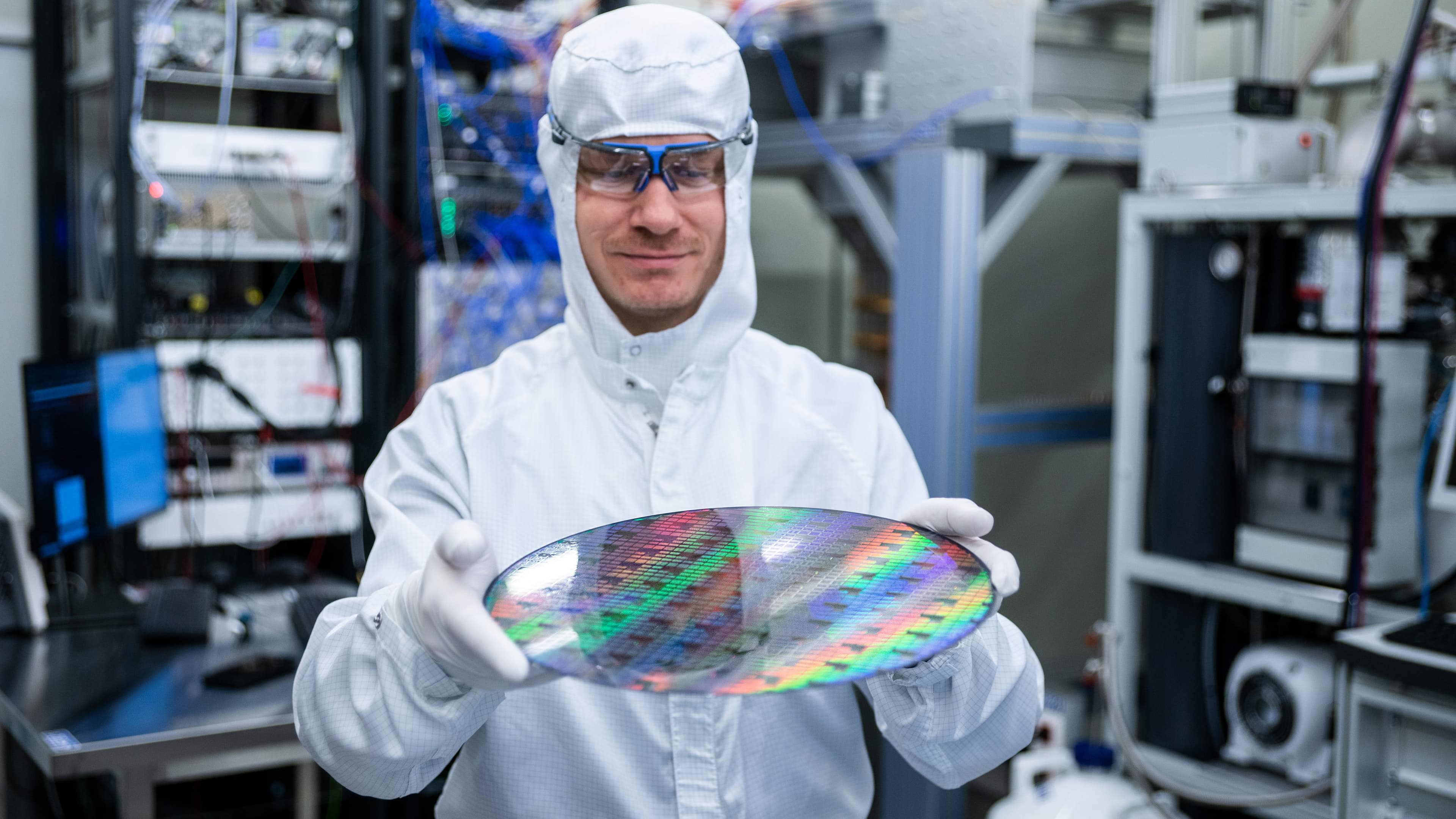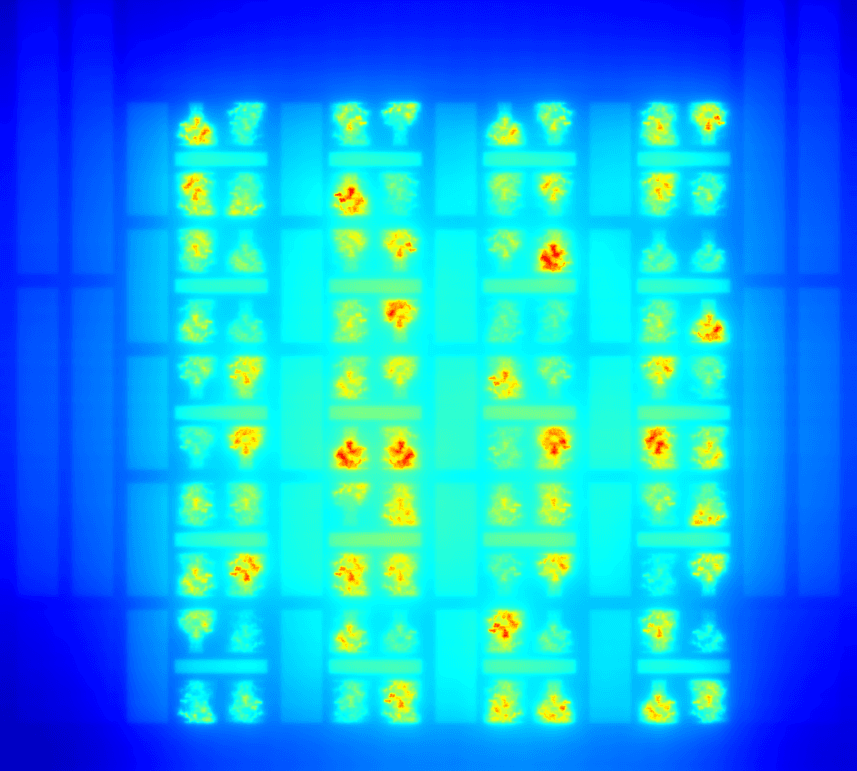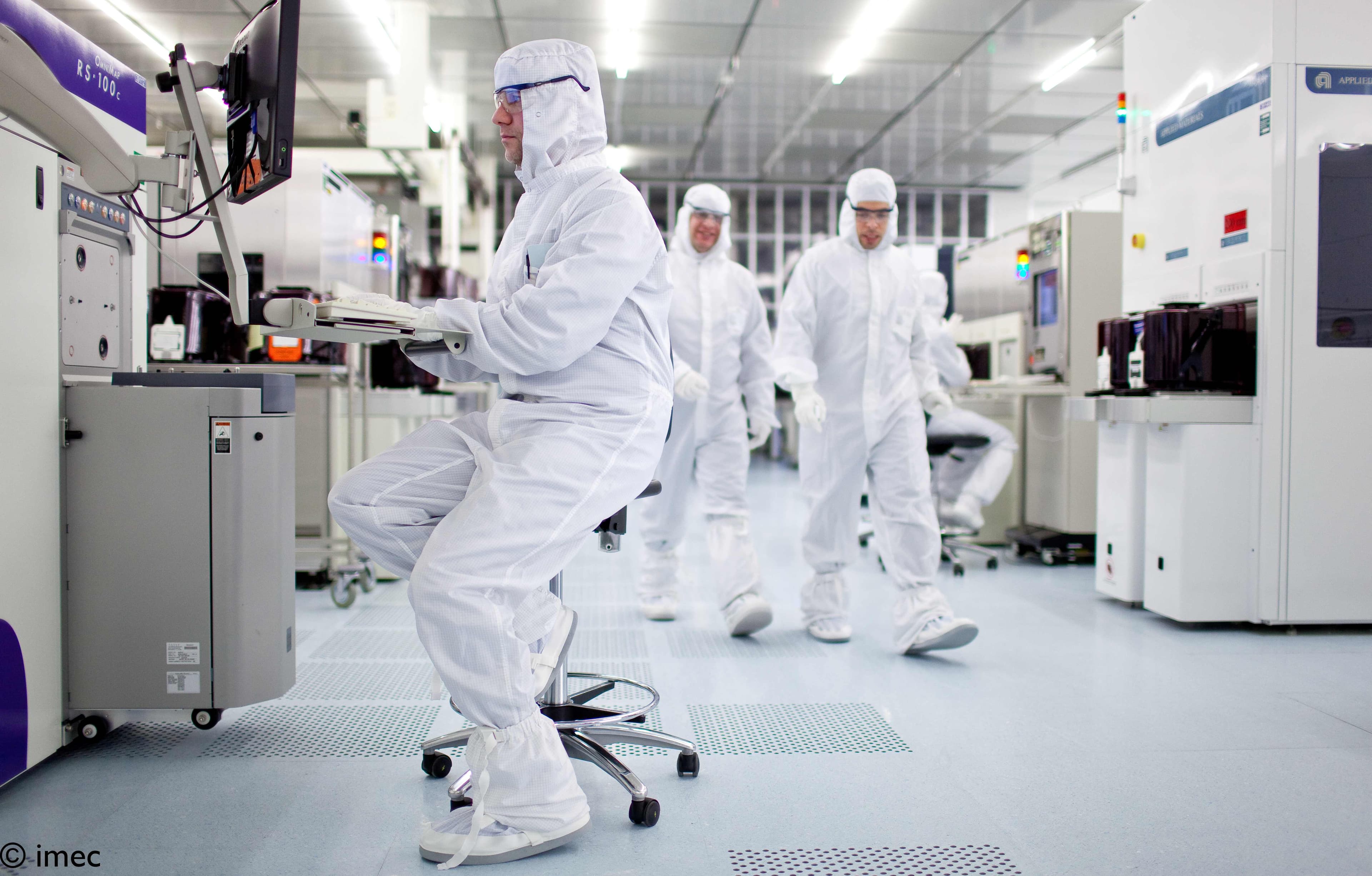
INTERACT
Interactive Multi-User Virtual Reality Training
Practical training using real equipment is often expensive, potentially dangerous, and non-scalable. Virtual reality (VR) could make it safer, scalable, and cost-effective. Today, however, VR is still largely restricted to a single-user experience. As a breakthrough solution, INTERACT will enable multi-user VR applications. It will feature wireless low-latency frame-to-frame streaming, fast multisensory synchronization, location prediction, and user-driven perception analysis of the solution.
Virtual reality (VR) falls short for high-quality training
Practical training requires unexperienced students to operate expensive and possibly dangerous equipment under the constant supervision of an expert trainer. VR could potentially offer much safer and cost-effective solutions for practical training.
Current state-of-the-art VR systems, however, do not yet allow lifelike interactions among multiple users. Thus, they cannot support full collaborative virtual learning. The current challenges are:
- The requirement to use wired head-mounted VR headsets, each connected to a workstation.
- The need for a separate physical space per user, inhibiting natural movement.
- High latencies and desynchronization, leading to cybersickness.
- Unintuitive handheld controllers.
Designing a new wireless platform for multi-user VR training
The partners in the INTERACT project aim to create a solution that overcomes these barriers. They envisage three important innovations:
- A high-rate, high-reliability, low-latency (HRLLC) wireless network based on millimeter wave technology, connecting VR users to the edge cloud.
- An edge cloud VR training platform that maps real to virtual movements and actions, while maintaining 20ms end-to-end latency and synchronization to avoid cybersickness.
- A user-driven perception-based evaluation method for training, assessed with two use cases.
“INTERACT will design the technology to enable multi-user VR applications. This will form the basis for a next generation of practical training applications that are safe, efficient, and scalable.”
INTERACT
Enabling interactive VR training with multiple users through advanced low-latency wireless technology, user tracking, and multisensory synchronization.
INTERACT is an imec.icon research project funded by imec and Agentschap Innoveren & Ondernemen (VLAIO).
The project started on 01.03.2022 and is set to run until 29.02.2024.
Industry
Research
- imec – IDLab IBCN – UGent
- imec – IDLab MOSAIC – UAntwerpen
Contact
- Project lead: Leonard Tam
- Research lead: Jeroen Famaey
- Proposal manager: Maria Torres Vega
- Innovation manager: Annelies Vandamme











